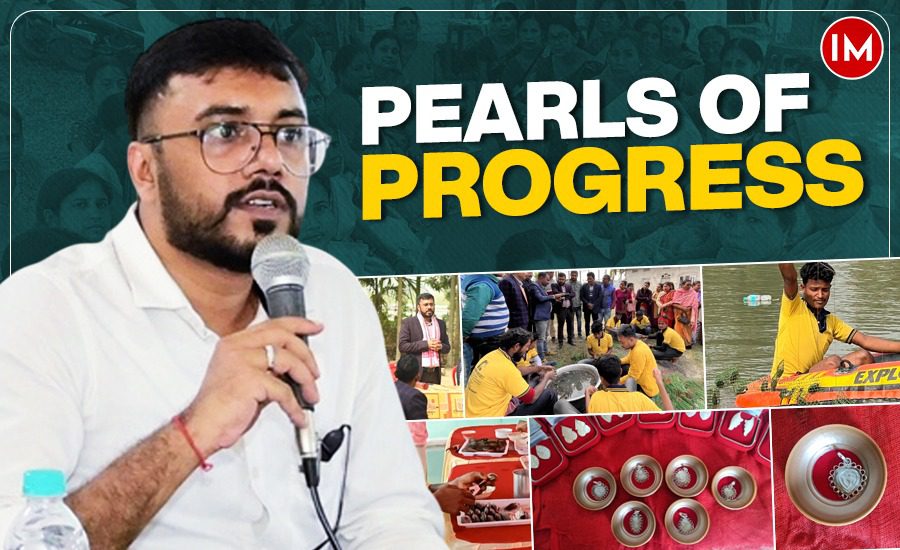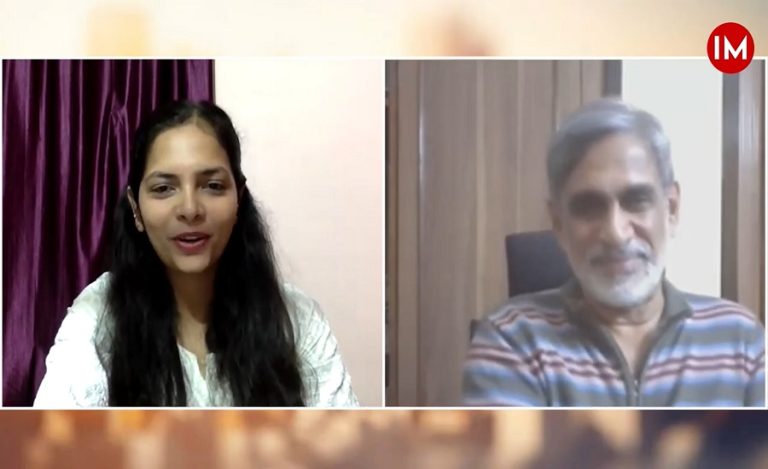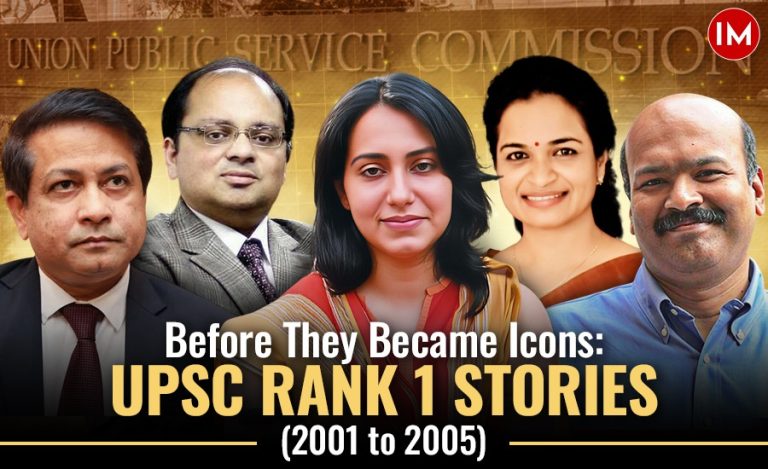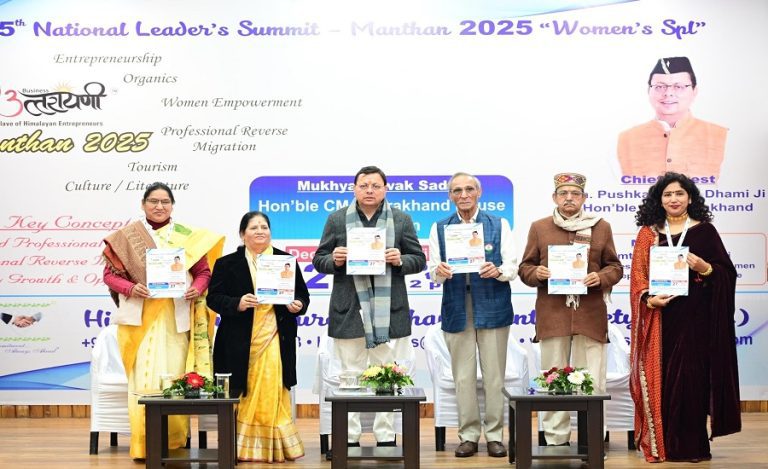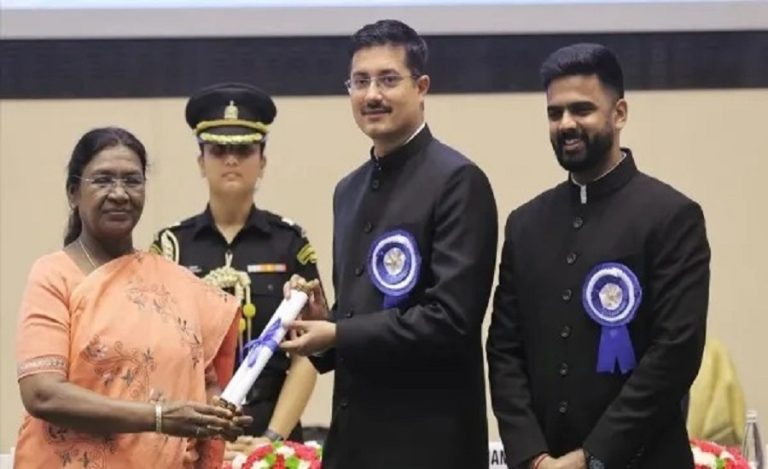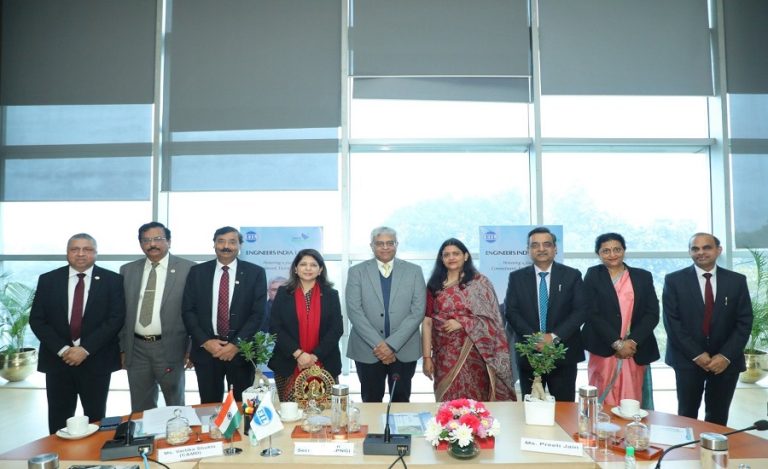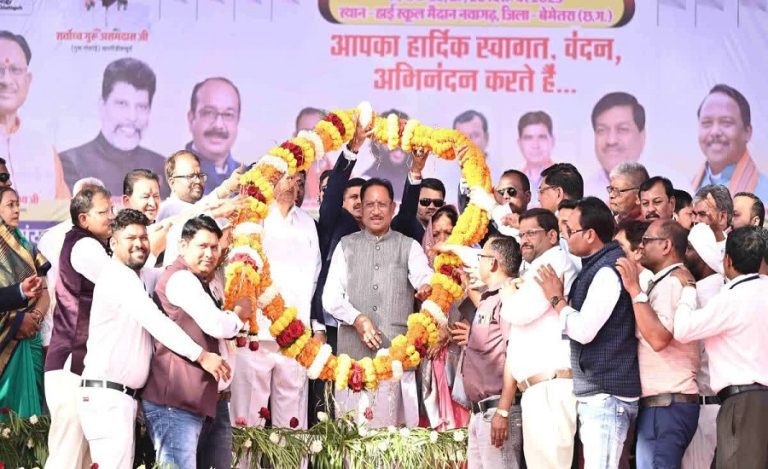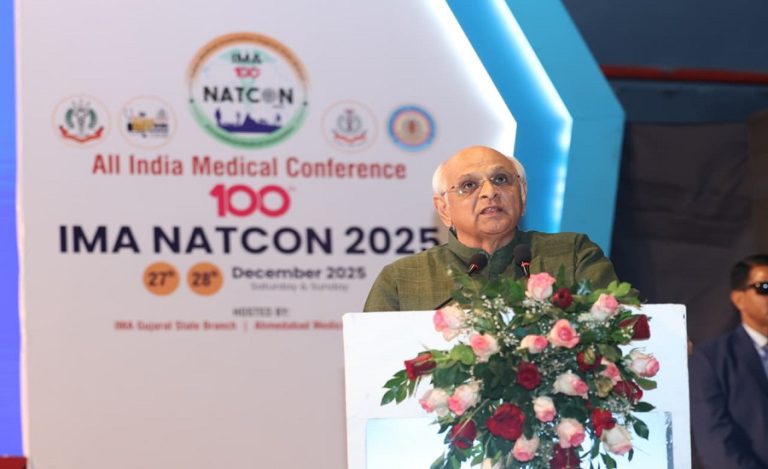In the serene landscapes of Nagaon, Assam, a quiet revolution is taking place beneath the rippling waters of modest village ponds. Spearheaded by IAS officer Narendra Kumar Shah of the 2016 batch, the ‘Asomi Pearl Farming’ initiative is redefining livelihoods and fostering hope among rural communities. What began as an ambitious district project has now blossomed into a model of sustainable development, earning Mr. Shah the prestigious Karmashree Chief Minister’s Award for Excellence in Public Administration in 2024.
SOWING SEEDS OF INNOVATION
The seeds of this transformation were sown in 2022 when Shah, the then newly appointed District Commissioner of Nagaon, identified an untapped potential in the district’s existing fisheries infrastructure. “We were looking for ways to diversify rural incomes while ensuring environmental sustainability. Pearl farming emerged as a perfect fit,” Mr. Shah told Indian Masterminds.
Unlike conventional fish farming, pearl cultivation integrates freshwater mussels into existing ponds, requiring minimal additional resources. However, the novelty of the concept presented its challenges. Rural women, the primary beneficiaries, were initially skeptical. To bridge this gap, Shah and his team launched extensive training programs in collaboration with institutions like the College of Fisheries (AAU) Raha and RUDSETI Nagaon.
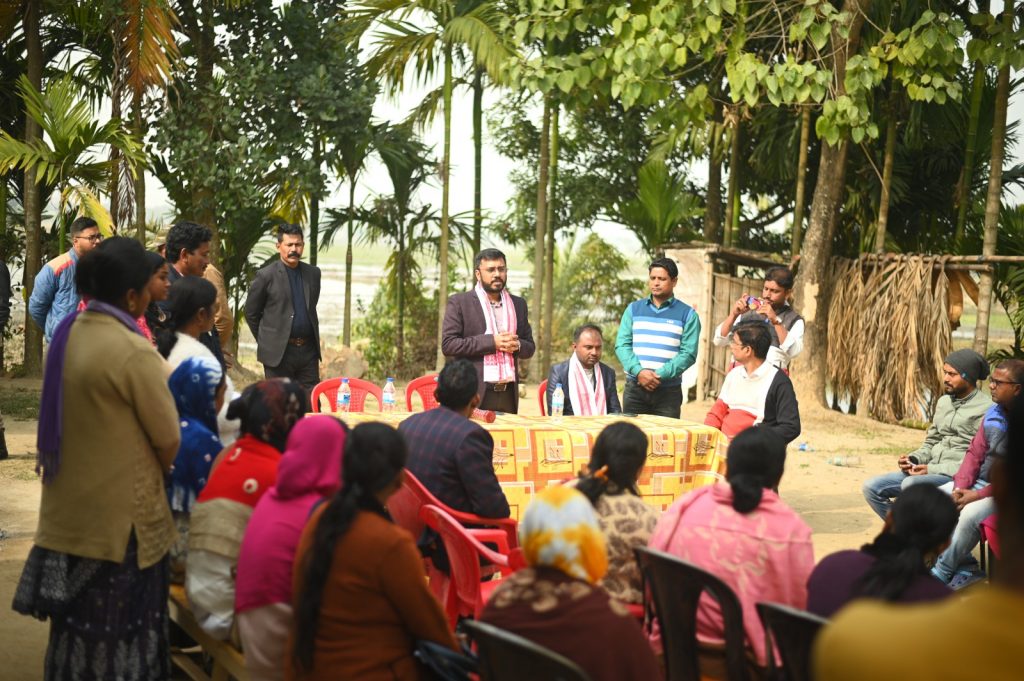
EMPOWERING RURAL WOMEN
The cornerstone of the initiative has been the empowerment of rural women. In its first phase, 170 women from 22 Cluster Level Federations (CLFs) across 13 rural development blocks were trained in pearl farming. From pond preparation to post-harvest processing, these women acquired skills that transformed them from traditional fish farmers to entrepreneurial pearl cultivators.
“This isn’t just about pearls; it’s about creating a sustainable source of income and instilling confidence in our women,” Mr. Shah says with pride.
The economic model developed under the initiative ensures profitability. Each mussel, costing Rs. 40 to cultivate, can yield pearls worth Rs. 70 to 200, even accounting for a 10-20% mortality rate. With a buy-back guarantee provided by the Assam Pearl Development Cooperative Society (APDCS), farmers are assured of a steady market for their produce, mitigating risks and ensuring financial stability.
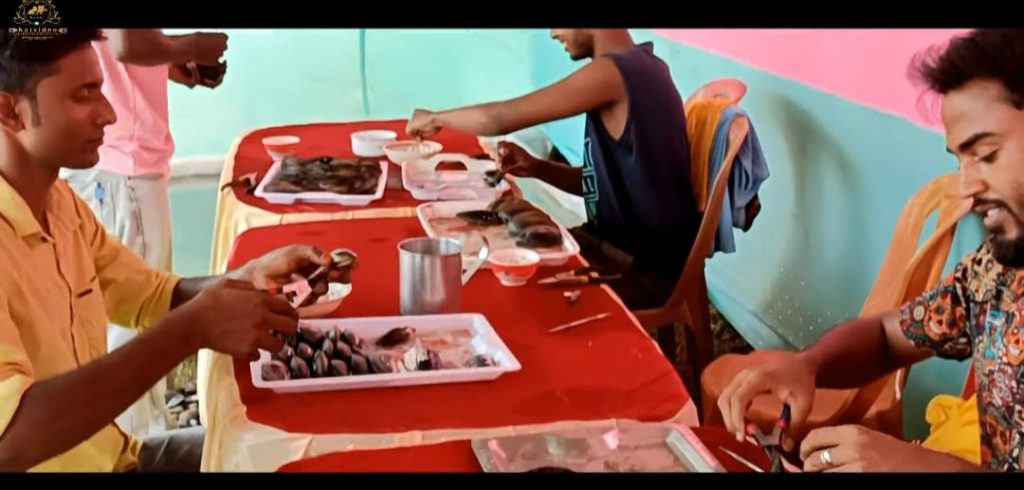
FROM PONDS TO PROSPERITY
Before the launch of Asomi Pearl Farming, the livelihoods of many families in Nagaon relied solely on traditional fish farming, which offered limited returns. Today, those same ponds are dual-purpose, housing both fish and freshwater mussels. The initiative not only diversifies income streams but also promotes eco-friendly farming. Since pearl mussels cannot survive in chemically treated water, farmers have adopted organic practices, significantly reducing the use of harmful chemicals.
The transformation is palpable. Families once struggling to make ends meet now see a brighter future. The involvement of multiple stakeholders—including ASRLM, PNRD, and APDCS—has further strengthened the initiative, ensuring that technical support, training, and market access are seamlessly provided.
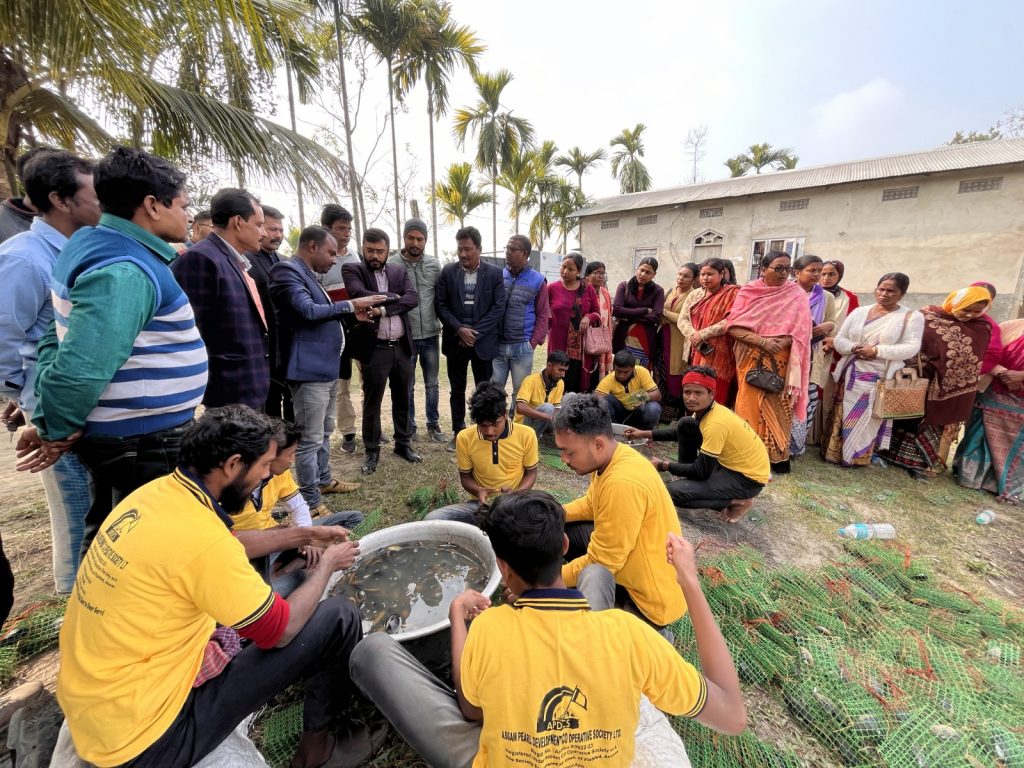
BUILDING A SUSTAINABLE FUTURE
One of the most remarkable aspects of the project is its sustainability. Recognizing the importance of long-term viability, Shah and his team have taken systematic steps to ensure the initiative thrives for years to come. Comprehensive digital capacity-building programs have been introduced, including workshops on digital literacy, record-keeping, and online marketing.
“We wanted to create a model that could not only withstand emergent situations but also be replicated across other districts,” explains Mr. Shah.
Although a formal toolkit for replication is still in the pipeline, there are plans to develop detailed guidelines covering every aspect of pearl farming—from site selection to market linkage strategies. The project’s impact has already extended beyond economic benefits, fostering community cohesion and environmental stewardship.
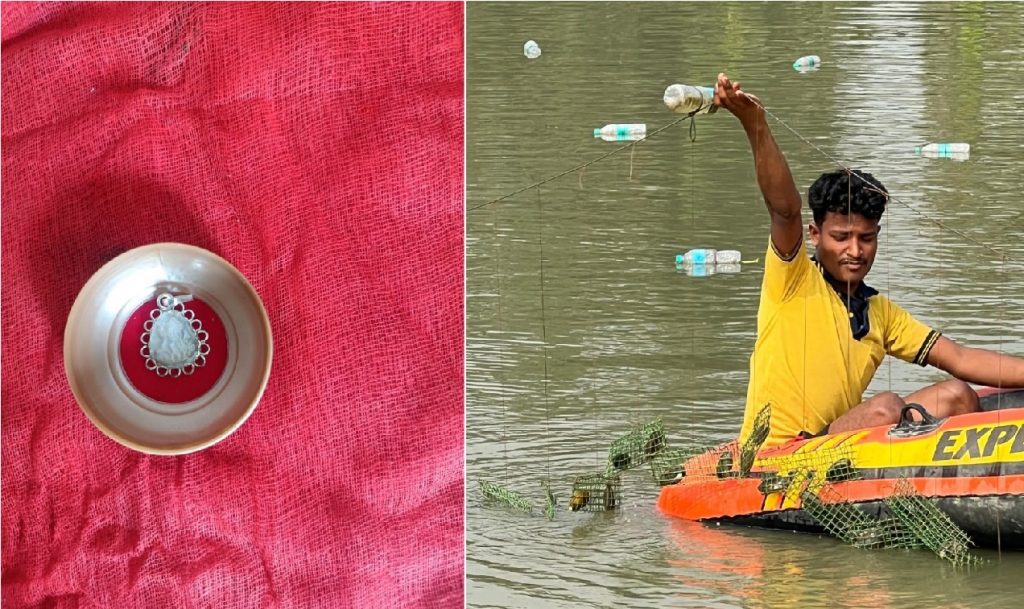
CHALLENGES AND TRIUMPHS
Like any groundbreaking initiative, Asomi Pearl Farming faced its share of hurdles. Building trust among the community, ensuring timely support, and coordinating with multiple departments were significant challenges. Yet, through perseverance and a collaborative approach, these obstacles were overcome.
The project has yet to receive third-party evaluations or national recognition, but the tangible improvements in the lives of its beneficiaries speak volumes. Rural women who once depended solely on seasonal agricultural work now have a steady, year-round source of income. The initiative’s ripple effect is visible in enhanced household incomes, improved education for children, and greater community participation.
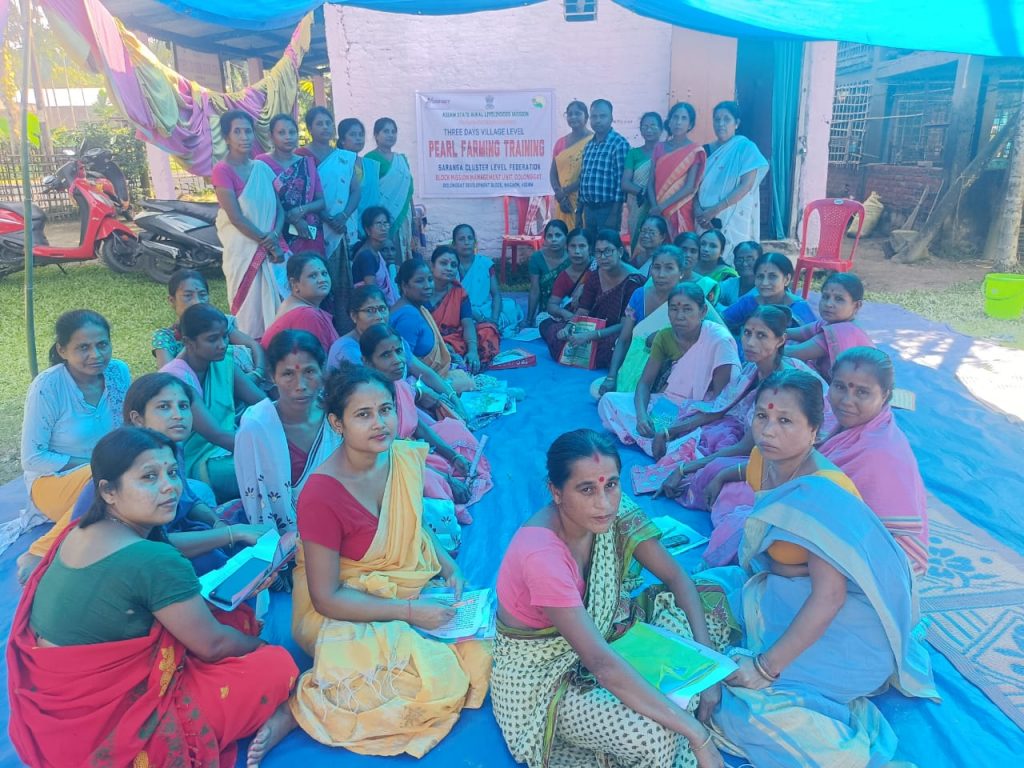
BEYOND PEARLS
The story of Asomi Pearl Farming is not just one of innovation but also of vision—a vision that goes beyond pearls and ponds to touch lives and inspire communities. As Shah reflects on the journey so far, he remarks, “Real change happens when you empower people to believe in themselves. That’s what Asomi Pearl Farming is all about.”
With plans for further expansion, ongoing capacity building, and the development of best practices for replication, Asomi Pearl Farming stands as a beacon of hope and inspiration. It is a testament to the power of innovation, community involvement, and determined leadership in driving sustainable development.
In Nagaon, beneath the shimmering surface of village ponds, lie not just pearls but stories of transformation and a brighter tomorrow.

